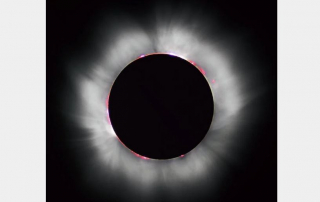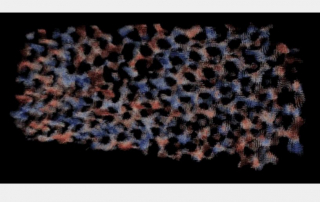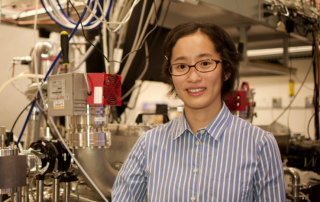How 1,000 undergraduates helped solve an enduring mystery about the sun
For a new study, a team of physicists recruited roughly 1,000 undergraduate students at CU Boulder to help answer one of the most enduring questions about the sun: How does the star’s outermost atmosphere, or “corona,” get so hot? The research represents a nearly-unprecedented feat of data analysis: From 2020 to 2022, the small army of mostly first- and second-year students examined the physics of more than 600 real solar flares—gigantic eruptions of energy from the sun’s roiling corona…



